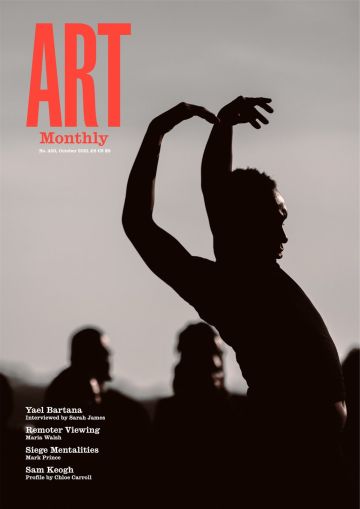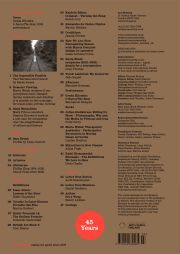Art Monthly 450
October 2021
Yael Bartana
Interviewed by Sarah James
Remoter Viewing
Maria Walsh
Siege Mentalities
Mark Prince
Sam Keogh
Profile by Chloe Carroll
Buy Now – select:
Want to read this right now?
Get instant access to the entire back catalogue via Exact Editions from only £8.99!
Contents
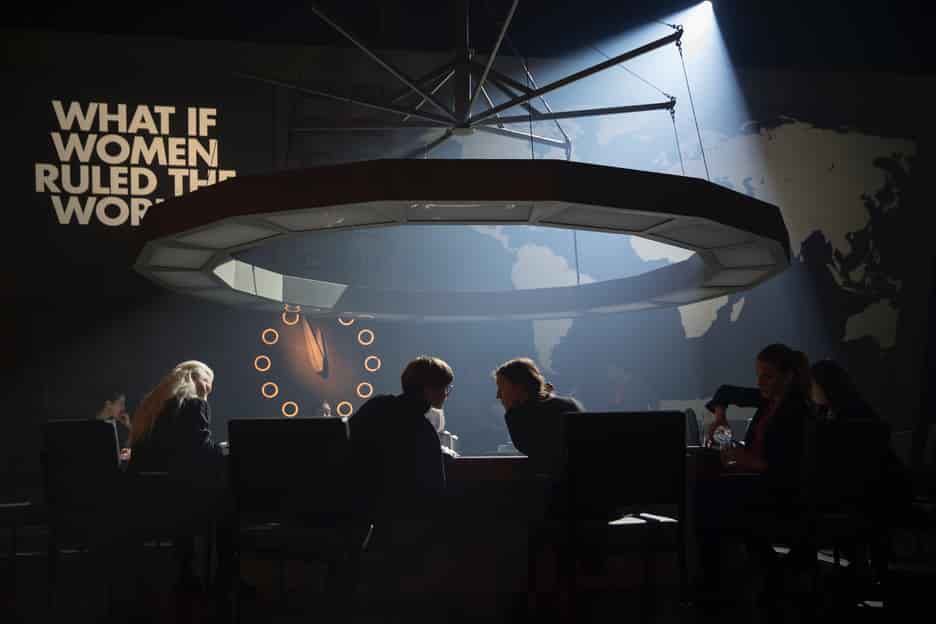
Yael Bartana, Two Minutes to Midnight, 2021
Feature
The Impossible Possible
Yael Bartana interviewed by Sarah James
I am always asking, what is the responsibility of the artist? What is the role of the artist in affecting their audience via the imagination? And how can collective memory and imagination trigger us to feel and think differently? How can the imagination be used to make the impossible possible?
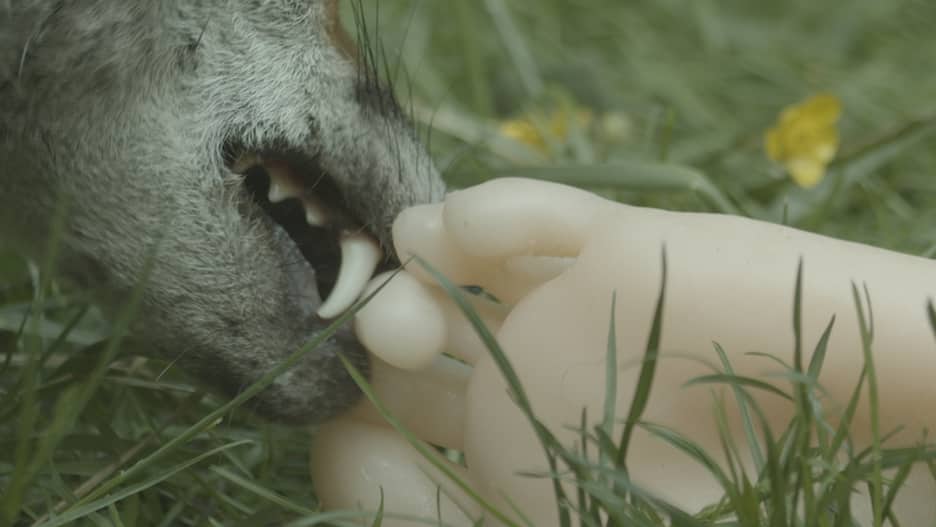
Bryony Gillard, I dreamed I called you on the telephone, 2021
Feature
Remoter Viewing
Maria Walsh wonders if our perceptions have changed during lockdown and whether it is possible to feel nostalgia for small-scale, private viewing
After a year of remote viewing, I physically experienced the theory that our devices change our perceptions to the extent that when I made a few cautious excursions to reopened galleries, I sometimes found myself longing for my small-screen devices and home environment.
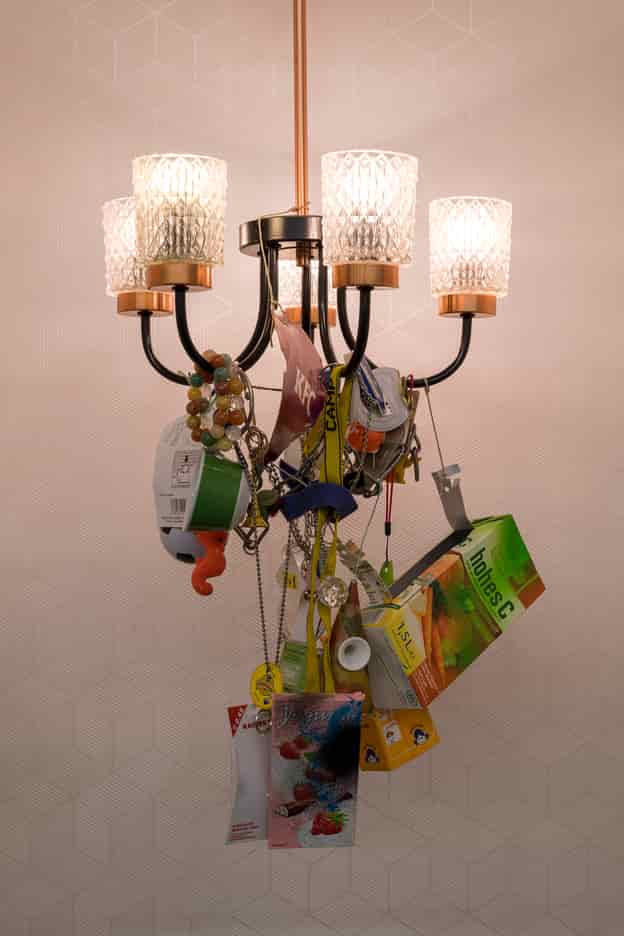
Manfred Pernice, Bianca, 2010
Feature
Siege Mentalities
Mark Prince argues that artists such as Stanley Brouwn, Manfred Pernice and Nora Schultz champion complexity over the simplification of culture and history
For half a century, this has been a defining methodological clash: on the one hand, there is a conviction that art gains autonomy from its context by effecting a gambit of all-out materialism in order to demystify its presence, reject illusionism and frustrate attempts to co-opt its image; on the other, art’s seamless submission to its setting so that, like a camouflaged object, it becomes impossible to pin down.
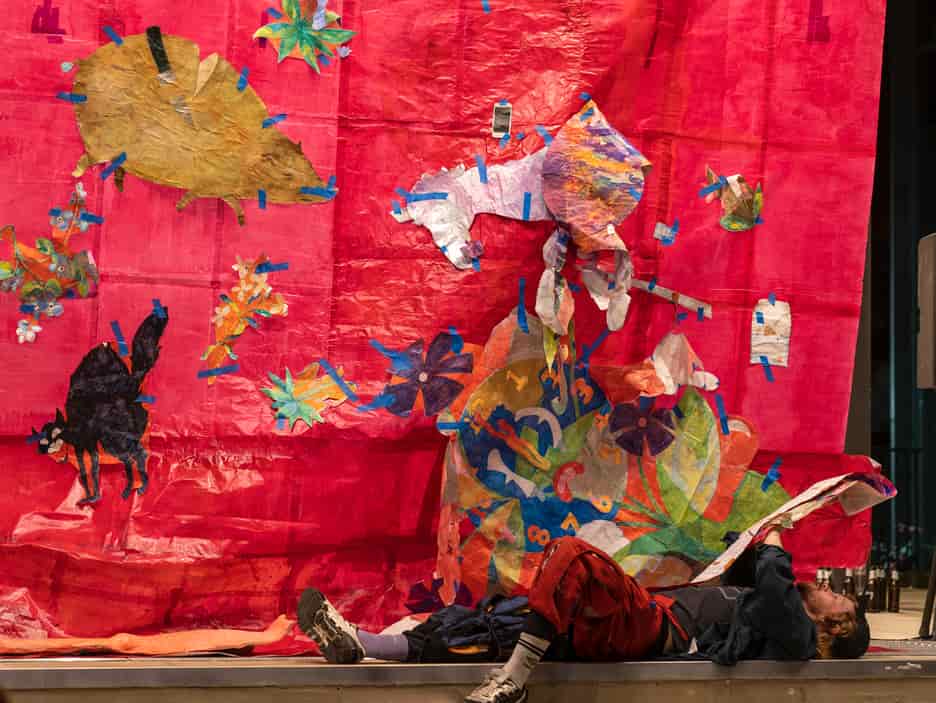
Sam Keogh, Sated Soldier, Sated Peasant, Sated Scribe, 2021
Profile
Sam Keogh
Chloe Carroll navigates the absurdist narratives of the Irish artist’s performances and installations
Sam Keogh’s lavish environments might spill from the mouth of some extravagant portal or they might directly occupy the floorspace of a gallery, as if germinated from stray spores in humid weather, with the element of live performance acting as a sort of sculpting agent within the sprawling compositions.
Editorial
Shuffling Off
The UK arts sector has had to contend with ten culture secretaries over the past ten years, a sign that the arts are hardly considered a priority, but the appointment of a ‘culture war’ agitator to the cabinet suggests that the sector might now find itself thrust to the frontline.
Art Monthly can perhaps be forgiven for forgetting the names of most, if not all, culture secretaries: as the UK’s oldest continuously published contemporary art magazine, founded in 1976 and celebrating its 45th anniversary with this issue, we have seen a few come and go in our time, some less forgettable than others.
Artnotes
Elixir of Life
Artist Hito Steyerl rejects the offer of Germany’s highest civilian honour in protest against the country’s inequitable response the pandemic; the PCSC Bill progresses through Parliament, threatening to criminalise large swathes of the population including activist artists; Poland’s culture wars are ramped up by supporters of its right-wing government; former culture secretar Oliver Dowden refuses to countenance the repatriation of the looted Benin Bronzes; former culture secretary John Whittingdale introduces plans for the government to use legislation to force UK broadcasters to produce ‘distinctively British’ TV shows; plus the latest on galleries, people, prizes and more.
Obituaries
Phillip King 1934–2021
Chuck Close 1940–2021
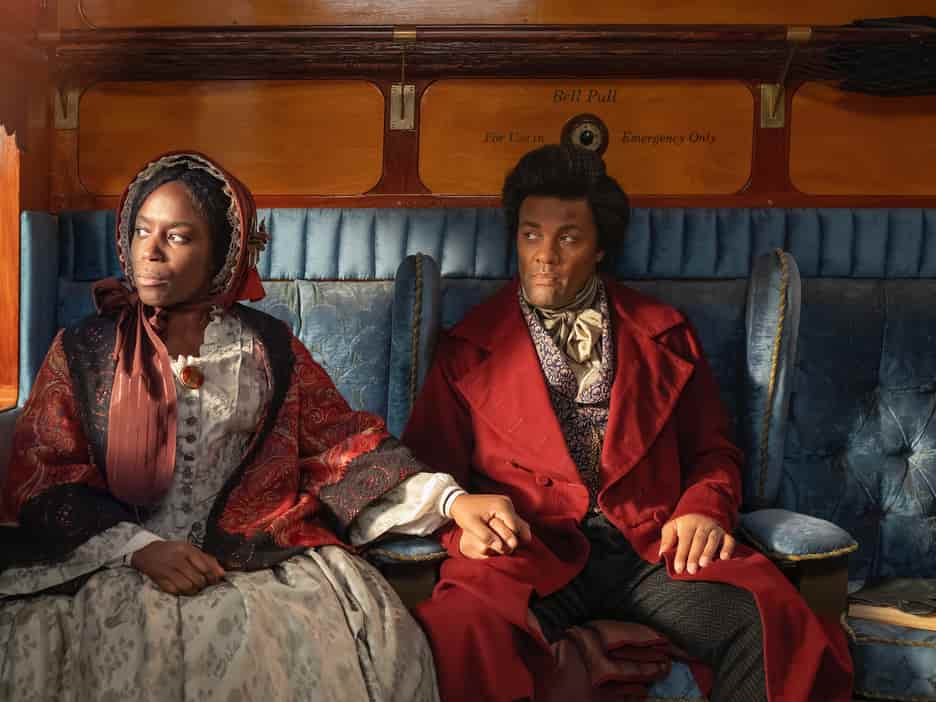
Isaac Julien, Lessons of the Hour, 2019
Exhibitions
Isaac Julien: Lessons of the Hour
Scottish Gallery of Modern Art, Edinburgh
Eddie Chambers
Trouble In Outer Heaven: Portable Ops Plus
Southwark Park Galleries, London
Martin Herbert
Baltic Triennial 14: The Endless Frontier
CAC, Vilnius
Dominik Czechowski
British Art Show 9
Aberdeen Art Gallery
Tom Emery
Kathrin Böhm: Compost – Turning the Heap
The Showroom, London
Sarah Jury
Alexandre da Cunha: Duplex
Brighton CCA
Martin Holman
Conditions
Conditions, London
Jamila Prowse
How We Live Now: Reimagining Spaces with Matrix Feminist Design Co-operative
Barbican, London
Luisa Lorenza Corna
Karla Black: sculptures (2001–2021) – details for a retrospective
Fruitmarket, Edinburgh
Greg Thomas
Tarek Lakhrissi: My Immortal
Mostyn, Llandudno
Jade Barget
Afterness
Artangel, Orford Ness
Matthew Bowman
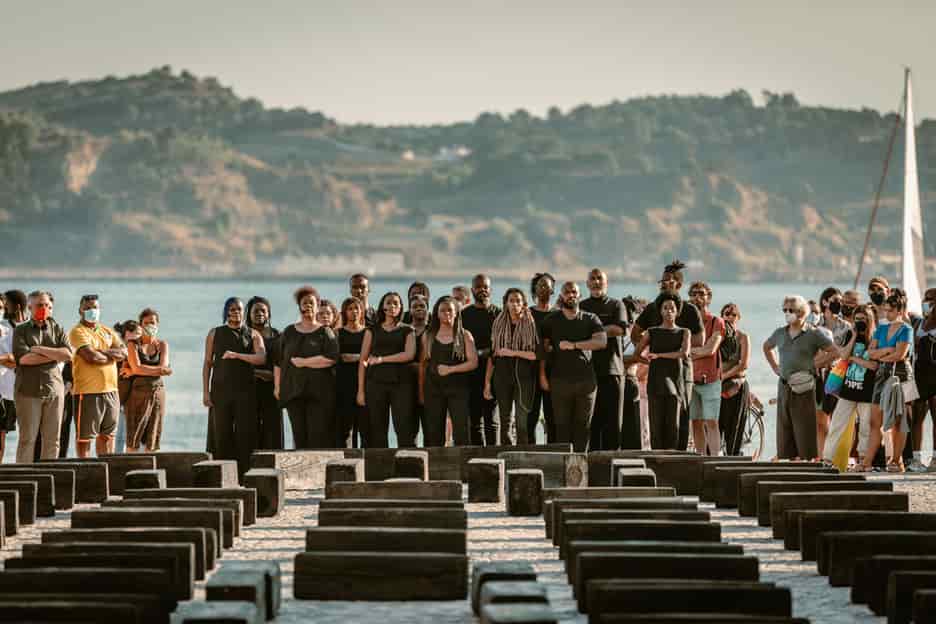
Grada Kilomba, O Barco/The Boat, 2021
Performance
Grada Kilomba: O Barco/The Boat
Emmanuel Balogun
The installation and set for Grada Kilomba’s performance comprises 140 burnt blocks of wood hewn by the artist that form the silhouette of the bottom of a ship; in the context here, it is clear that this is a slave ship.
Books
Julian Stallabrass: Killing for Show – Photography, War and the Media in Vietnam and Iraq
Colin Perry
Photography is increasingly vernacular, demotic and cheap. Central to Julian Stallabrass’s account is the proliferation of photography into marginal or undeveloped areas that were once relatively unmediated, as in the cases of rural Vietnam, Laos and Cambodia. Over the past 20 years there has emerged a ‘war of images’ between empire and insurgent, subaltern and citizen.
Books
Maria Walsh: Therapeutic Aesthetics – Performative Encounters in Moving Image Artworks
Lauren Houlton
Maria Walsh draws on a wide range of cultural, philosophical and political references, which she skilfully weaves to put forth her concept of therapeutic aesthetics: a framework for interpreting the psychological impacts of neoliberalism through artists’ moving-image works. Walsh opens her book with a compelling proposition: therapeutic aesthetics comprises both toxicity and cure.
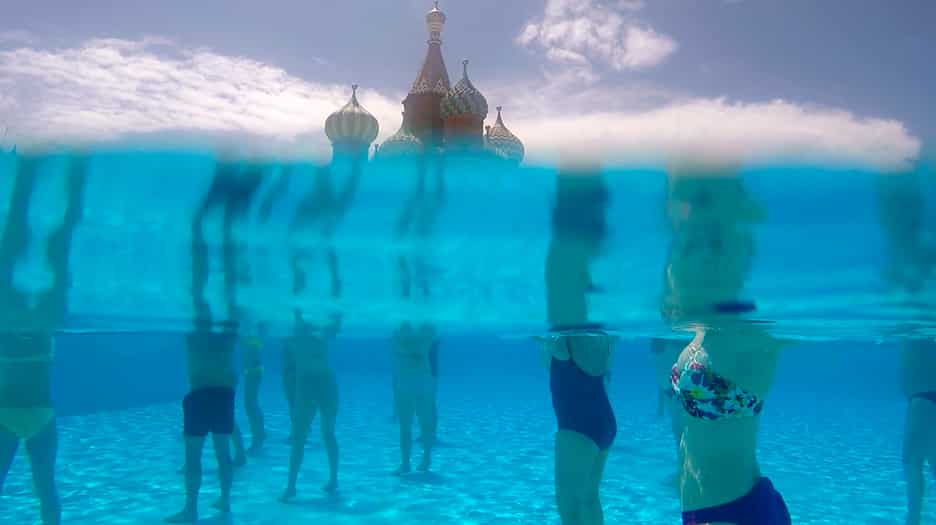
Sasha Litvintseva, Exile Exotic, 2015
Books
Migrations in New Cinema
Adam Pugh
Migrations in New Cinema is an intriguing combination of book and film programme, presenting artists’ writing and moving-image work around the central theme of its title.
Books
Rafal Niemojewski: Biennials – The Exhibitions We Love to Hate
Chris Clarke
The biennale is a generally unloved format for showcasing contemporary art. There are too many, and there is too much from the same artists. They are seen as complicit in gentrification and commercialisation, as specifically tailored to a jet-setting, nomadic clientele, and the ultimate manifestation of globalisation’s relentlessly homogenising forces.
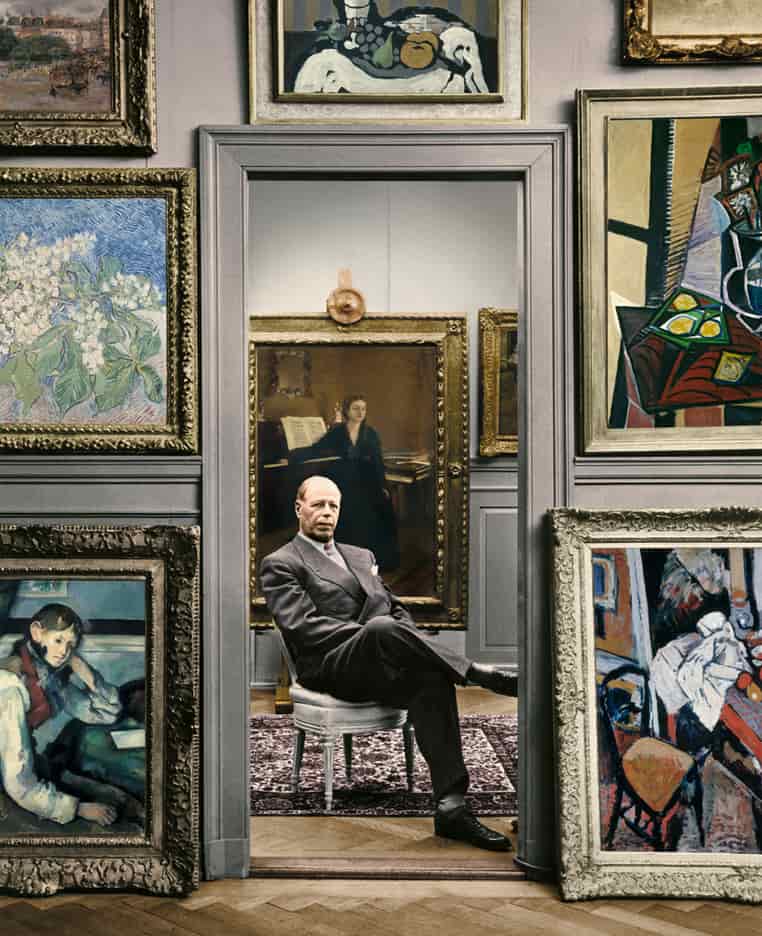
Emil Bührle with his collection at Zollikerstrasse, June 1954, photograph by Dmitri Kessel
Reports
Letter from Zurich
Aoife Rosenmeyer
Switzerland actively promotes its famous neutrality and international peace brokerage, but money trumps most issues. Only last November, a national referendum called for the Swiss National Bank to stop financing munitions companies; it was rejected by 57.5% of participating voters.
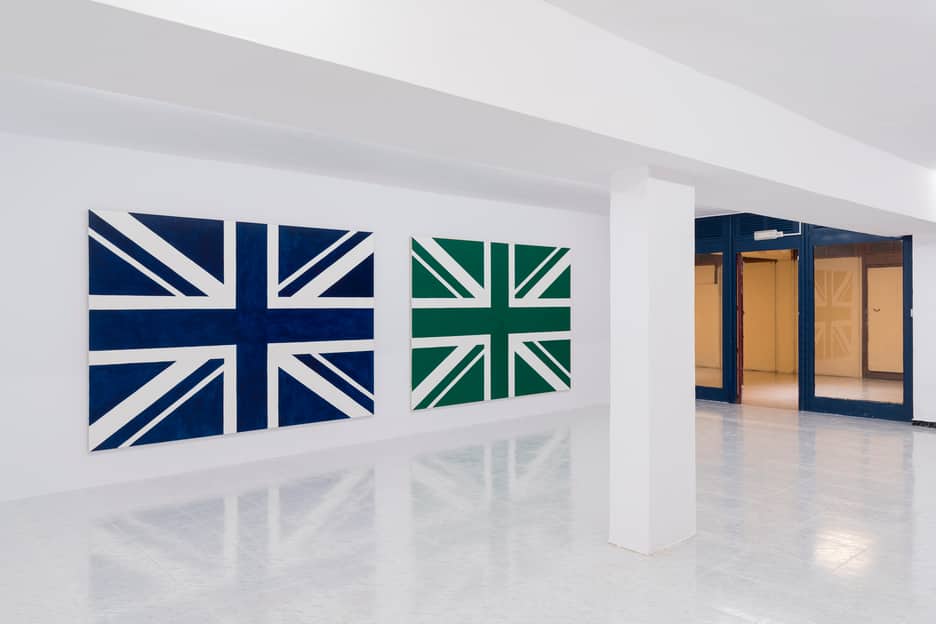
Richard Parry, ‘I’m Going 2 Spain’, Magaluf
Letter from Mallorca
Daniel Neofetou
Magaluf’s tourism industry is slowing, and not only because of the pandemic. For the best part of the past decade, there has been a concerted effort by Magaluf’s local authorities and certain business owners to shed its raucous reputation and discourage young Brits from visiting.
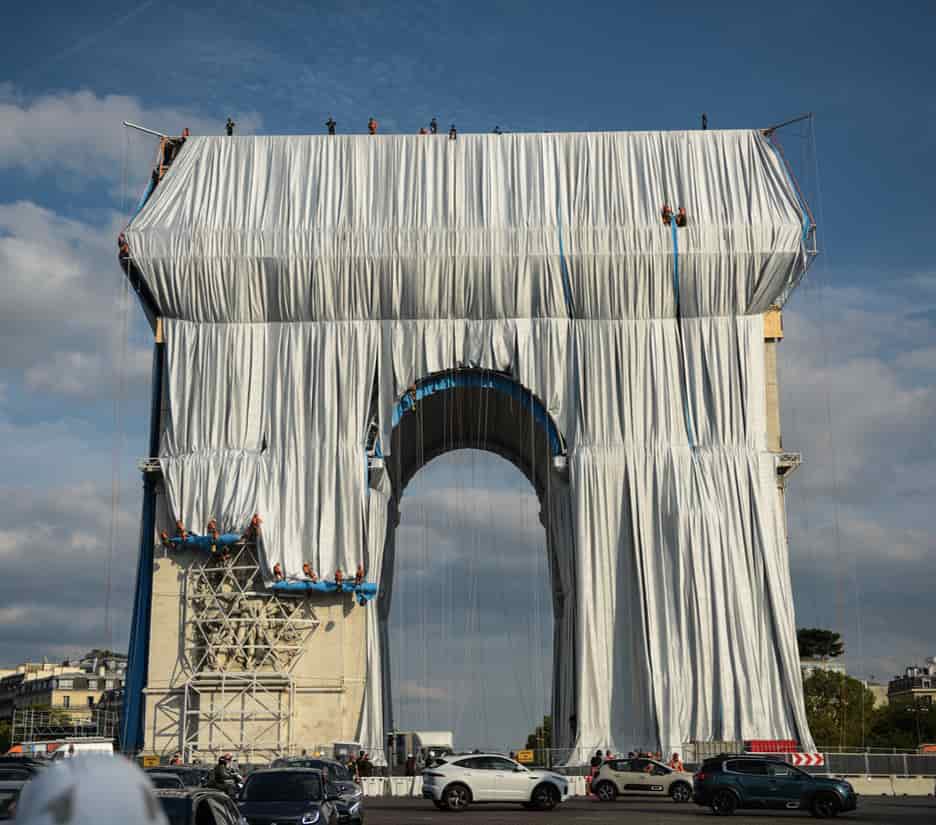
Christo & Jeanne-Claude, L’Arc de Triomphe Wrapped, Project for Paris since 1961, 2021
Artlaw
It’s a Wrap
Henry Lydiate
From the outset of their practice in the 1960s, Christo and Jeanne-Claude developed the art of self-financing their projects through creative use of copyright. They embraced the fact that copyright ownership is an economic tool artists can use to monetise the fruits of their creative labours (and even for decades beyond death).

